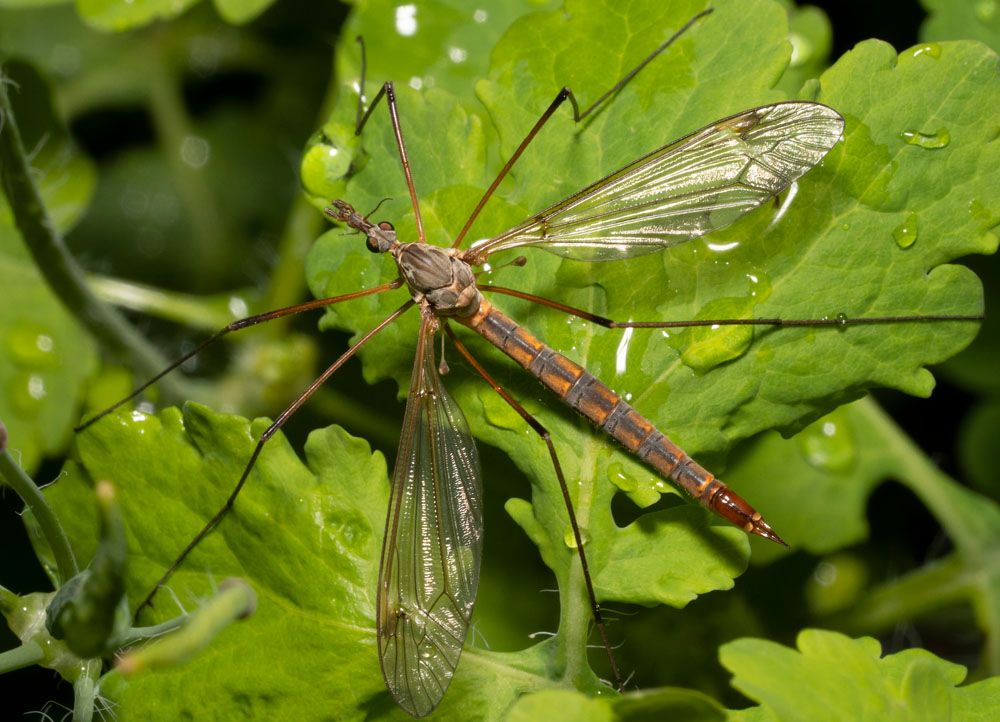
European Crane Fly – Tipula paludosa
European Crane Fly (Tipula paludosa)
Common Name: European Crane Fly/marsh crane fly
Latin Name: Tipula paludosa
Appearance:
- European crane flies have six long legs and are roughly a half-inch long.
- A dark-colored band on the wing’s leading edge adjacent to a light-colored band distinguishes adult European crane flies. The remainder of the wing is colored, which helps differentiate them from certain local species.
- European crane fly eggs are black and oval and may be found near the soil surface.
- The larvae are gray-brown and worm-like. The skin of larvae is rough, with visible veins.
- The empty pupal cases, which look like little grey-black twigs, can be seen on low grass.
